Introduction
Indoor plants not only add up to the aesthetic sense of the house but also feels like you are living with nature. It freshens up the air and soothes eyes as well as thoughts. But before getting them it is very important to know about the plants. And their compatibility with your pets. The following article gives a detailed list of all those indoor plants that are toxic to cats.
That is if you have a pet in your house you should check whether the plant you are buying is safe for your pets or not. I am writing this article specifically for those who have cats in their house and want to have indoor plants as well.
Indoor plants toxic to cats
Cats have a very inquisitive nature they like to know their surroundings and are very curious about things present in the house. Therefore, It is necessary to have plants that are cat-friendly as we all know cats like to nibble grass or other small plants. Although the reason is unknown why they do this.
Some believe that eating grass helps cats in their regular bowel movement by acting as a laxative. Another theory is that eating grass helps in relieving the upset stomach from either fur or bones or feathers. As cats do not have digestive enzymes for the grass. Therefore eating grass helps them throwing out unwanted things from the stomach (1).
Therefore, it is very important to know whether the indoor plant which you are getting is cat-friendly or not. Some plants are toxic to cats and make them sick when they ingest the leaves.
The toxicity of plants varies some are very toxic and some are mildly toxic. Symptoms of plants toxic are kidney failure, vomiting, tiredness, and lack of interest in doing other activities or eating food. Some of the lists of indoor plants which are toxic to cats and symptoms are
1. Philodendron scandens
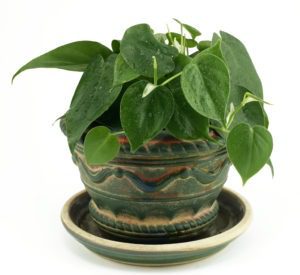
This plant Philodendron scandens belongs to the Araceae family too has heart-shaped leaves. This plant causes lethal poisoning in cats. The plant mainly the trunk and leaves contain calcium oxalate and protein degrading enzymes (2).
Symptoms: Affects the digestive system, kidney, and lungs. Rashes and toxic erythema on skin.
Treatment: Administration of antihistamine, consult a vet immediately
2. Lily (Lilium Species)
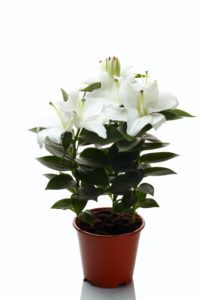
Lily belongs to the Liliaceae family. This plant is well known for its showy attractive flowers of different colors. The plant’s leaves and bulbs are toxic to cats as they contain alkaloids thus causes kidney failure or pancreatic toxicity (3).
Main lily toxic to cats are
- Easter Lily
- Tiger Lily
- Rubrum Lily
- Stargazer Lily
- Day Lily
- Asiatic Lily
- Madonna lily
- Royal Lily
- Japanese lily
Symptoms: Vomiting, depression, diluted urine (polyurea), polydipsia (drinking a large amount of water), Loss of glucose (glucosuria), and Protein (proteinuria) from urine.
Treatment: Decontamination with emetic drugs (within 2 hours from ingestion) or administering activated charcoal and aggressive fluid therapy as soon as possible, continuing it for at least 48 h (2). Consultation of a Vet.
3. Daffodils
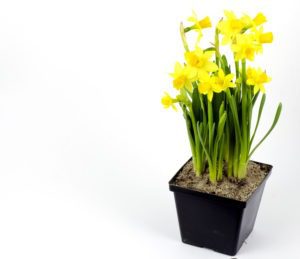
These plants can be grown mainly outdoor but sometimes also grown as indoor plants. Another name of this plant is Narcissus belongs to the Amaryllidaceae family. The plant is known for its beautiful flowers. Bulbs, leaves, and flowers contain compound alkaloids which are toxic to cats.
Symptoms: Diarrhoea, vomiting, abdominal pain, anorexia, lethargy, depression. A high amount even causes death.
Treatment: specific treatment is not available. Consult a vet for symptomatic treatment (2).
4. Peace lily
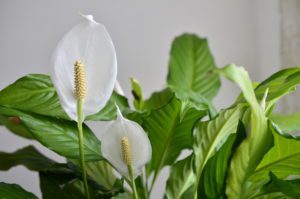
The peace lily is a beautiful evergreen perennial herbaceous plant of the genus Spathiphyllum. The compound which is toxic to cats is mainly alkaloids present in the bulbs and leaves. Symptoms: Causes renal failure and other kidney-related issues, vomiting and loss of excess fluids, lethargy.
Treatment: Decontamination with emetic drugs and consult a vet immediately.
5. Pothos or Devil’s eye (Epipremnum species)
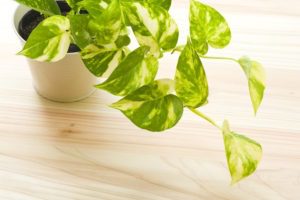
These plants are commonly used in almost every hose as an indoor plant. Being easy to handle and nice greeny appearance makes this plant a good choice as an indoor plant. But people who have cats should not keep this plant in their houses. These plants contain insoluble calcium oxalate in their leaves and are partially poisonous to cats.
Symptoms: Swelling of lips, drooling, and vomiting
Treatment: Milk can helps in overcoming the symptoms. But if conditions get worsens then seeking a vet is a must.
6. Dracaena (Dracaena marginata) variegata
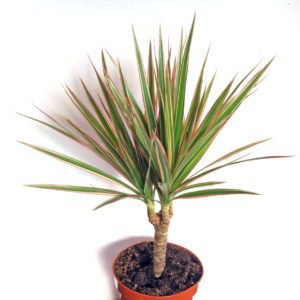
Dracaena (Dracaena marginata) commonly known as Tricolour or Rainbow plant is a popular house plant. The leaves are stripped cream white between green and rose red margins therefore known as Tricolour.
The leaves of this plant contain saponin. Although have minor poisoning risk in case of situation worsen consult a vet.
Symptoms: Chewing of the leaves may cause vomiting, drooling, lethargy, diarrhea, losing appetite, and dilating the pupil.
Treatment: Condition if gets worsens consult a vet.
7. Kalanchoe
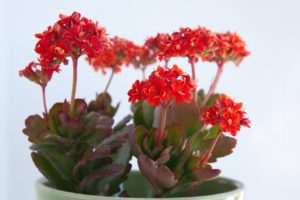
Kalanchoe is a succulent perennial plant. The plan looks very attractive with thick succulent leaves with colorful flowers. The plant is not only a good indoor plant but also has medicinal value because of the various glycosides, alkaloids, and steroids present in them(4). But if you have a cat it is better to keep this plant away from them. As the glycosides present in the plant when ingested cause gastrointestinal discomfort.
Symptoms: Drooling, vomiting, nausea, abdominal pain, irregular heartbeat, and dilated pupil (5).
Treatment: Decontamination, heart and blood pressure monitoring.
8. Rubber plant (Ficus elastica)
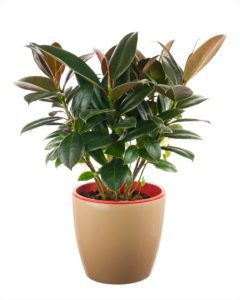
The rubber plant is a beautiful plant with attractive leaves. These plants not only add beauty to the indoor but also helps in purifying the air quality. The main toxic compound is the latex present in the leaves and stems. Although eating the leaves causes mild toxicity for the pets but still, precaution is needed.
Symptoms: Digestive disorder, diarrhea, skin lesions, renal disorders (6).
Treatment: Should consult a vet.
9. Poinsettia (Euphorbia pulcherrima)

Poinsettia is an indoor decorating plant originate in Mexico and scientifically known as Euphorbia pulcherrima. Another name is the holiday plant as it blooms during the month of October. The beautiful red leaves make it a good choice for an indoor plant. But if there are pets in the house then consider them before getting this plant. Latex of this plant have cyclic terpenes and therefore is toxic for cats (2).
Symptoms: Conjunctivitis, photophobia, digestive disorders.
Treatment: Wash the affected part with lukewarm water. Consult a Vet in case of ingestion.
10. Asparagus fern (Asparagus sprengeri)
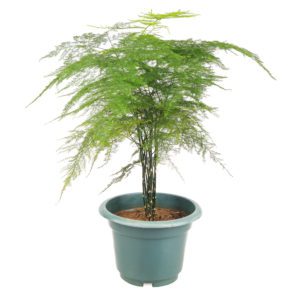
Ferns are generally not toxic to cats but there are certain species which when ingested cause mild toxicity. The parts of asparagus fern contain compound sapogenin especially berries. This is toxic for cats as causes abdominal discomfort.
Symptoms: abdominal discomfort, pain, vomiting, diarrhea.
Treatment: Severe condition required Vet consultation.
11. Arrowhead vine or Nephthytis (Syngonium podophyllum)
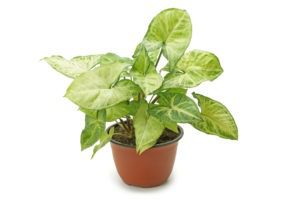
This plant is an indoor air purifying plant with beautiful arrow-shaped bicolor leaves. This plant is generally mild toxic to cats if ingested. The leaves of this plant contain oxalate crystals which cause abdominal irritation or discomfort, drooling, etc.
Symptoms: drolling, oral irritation, discomfort in breathing, and abdominal irritation.
Treatment: Consult a Vet if the condition gets worsens.
Know more on indoor toxic plants
Plants Toxic to dogs
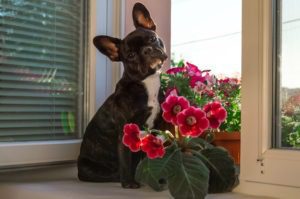
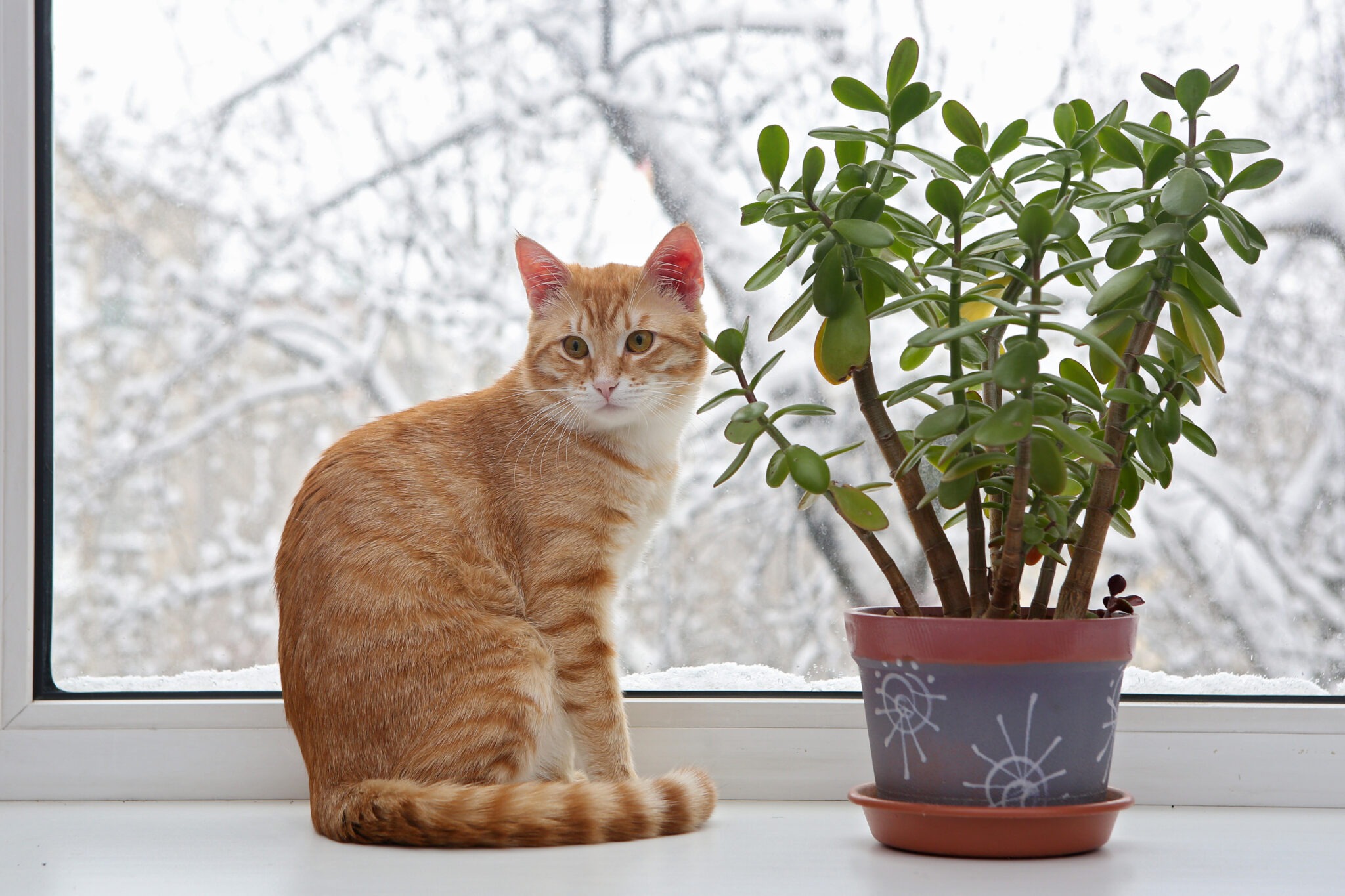
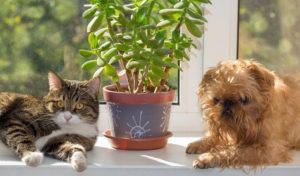
… [Trackback]
[…] There you will find 19722 more Infos: foodthesis.com/indoor-plants-that-are-toxic-to-cats/ […]
[…] Sursă articol: Dr. Asha Jyoti, Indoor plants that are toxic to cats, Food Thesis: https://foodthesis.com/indoor-plants-that-are-toxic-to-cats/ […]
Best view in the town !